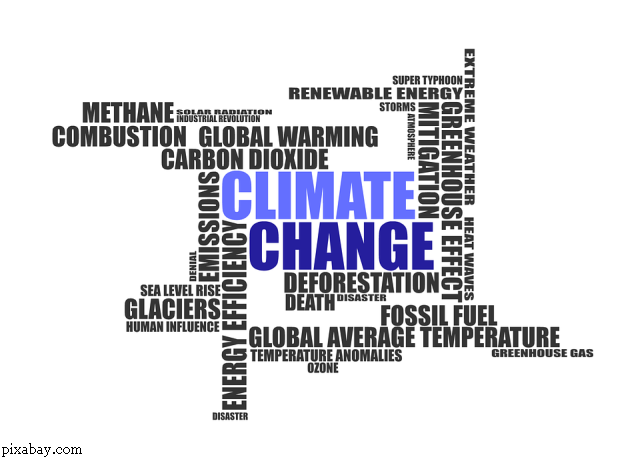A Major Step Towards Carbon Neutrality
“On December 11, 2019, the EU opted for a new strategy for growth, and has tried to transform their ecological priorities into opportunities for development. That meas that we have to start from the situation in which Europe is now, a region poor in fossil fuels, which wants to take advantage of the fact that low carbon technologies have become sufficiently developed to ensure economic development. The Union acts as a world leader in the fight against climate change, trying to develop an ecological strategy in all areas, changing means of production, ways of acting and consuming, so that the fight against climate change blends with ecological and economic development.”

Corina Cristea, 18.12.2020, 13:23
Meeting in Brussels, EU heads of states and governments have reached an agreement on reducing greenhouse gases by at least 55% by 2030, as against the levels measure in 1990. This agreement is a step on the road to carbon neutrality in 2050, offers certainty to investors, the business world, citizens, and public authorities, according to EC President Ursula von der Leyen. The agreement comes one year after European legislators launched the European Green Pact, a plan to transform the Union into an equitable, healthy, sustainable, and prosperous society, resetting the way in which we interact with nature, Also, in order for citizens, communities and organizations to be a part of the process of building a greener Europe, recently the Commission has launched the European Climate Pact, which offers a space to exchange information on the climate crisis, allowing them to act and be a part of an expanding European movement for climate. Our guest on Radio Romania was Prof. Mircea Dutu, PhD, president of the Bucharest Ecological University, who spoke about the importance of community climate decisions, and the context in which these arrive.
“On December 11, 2019, the EU opted for a new strategy for growth, and has tried to transform their ecological priorities into opportunities for development. That meas that we have to start from the situation in which Europe is now, a region poor in fossil fuels, which wants to take advantage of the fact that low carbon technologies have become sufficiently developed to ensure economic development. The Union acts as a world leader in the fight against climate change, trying to develop an ecological strategy in all areas, changing means of production, ways of acting and consuming, so that the fight against climate change blends with ecological and economic development.”
The 55% agreement, more ambitious than the initial project for 40% reduction, but less so than the 60% one proposed by the European Parliament, was possible after long discussions generated by the fears of certain member countries. Believing it would not be able to meet the conditions of the agreement proposed by richer countries, Poland, a country with a heavily coal based energy system, along with some other CEE countries, such as Hungary, the Czech Republic, and Slovakia, for instance, last year refused to subscribe to the EC objective for reaching carbon neutrality by 2050. The agreement in the new format includes a number of concessions, but it leaves to the next summit to clarify some major issues, such as the portion of European funds to help members state economies to face the upcoming energy transition. There will also be a review of the discussions on national targets to reduce pollution. For now, European leaders have decided for the time being that they would not require every member state to reduce carbon emissions by 55%, but rather that it would impose this target for the EU as a whole, with equanimity and solidarity, leaving no one behind, taking into account the specific national circumstances and the potential for reducing polluting emissions for each country.
President Klaus Iohannis of Romania said, in an address given five years from the Paris Accord, that Romania would implement in the next few years a series of projects that would allow reaching these objectives, at the same time ensuring economic growth and the well-being of citizens. Again, Prof. Mircea Dutu:
“On December 10, 2020, Romania announced its ambition of becoming a leader in combating climate change, including regionally and internationally. Admitting that this takes a firm commitment, Bucharest declared its determination to this end, and committed to the European target of carbon neutrality by 2050. It also supports the aim of reducing greenhouse gas emissions by 2030. To this end, Romania proposes a two-pronged approach: a flexible European framework to allow each country, depending on economic development, to commit to achieving medium and long term objectives of reducing emissions by 2030, and carbon neutrality by 2050, and also to resort to concrete medium and long term national plans and strategies, with a real and quantifiable impact.”
The Paris Accord meant that most countries in the world committed to reducing greenhouse gas emissions. The first series of national level commitments aimed for a median temperature reduction of 3 to 4 degrees Celsius as compared to the pre-industrial era. However, the Paris Accord set a target of reducing global warming by 2 degrees Celsius. At the virtual summit, other countries, such as India, China, and Pakistan made promises in the area of climate change which will set the parameters for the summit in Glasgow next year.






























